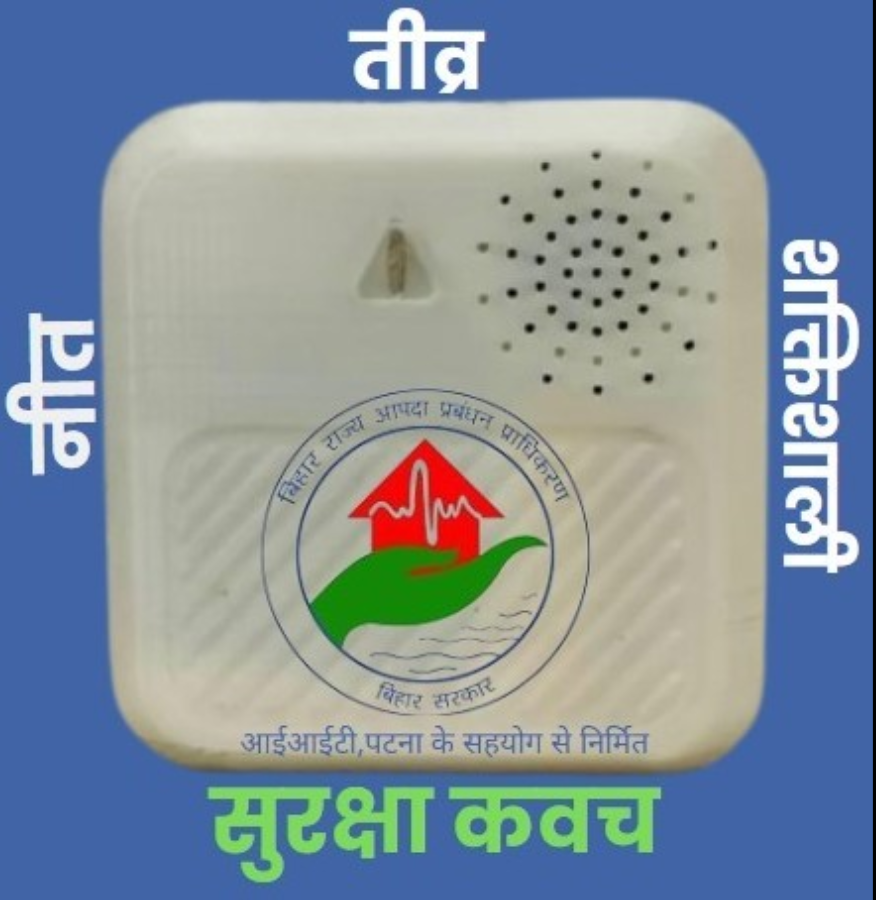Bihar Switch to Hindi
Cold and Fog in Bihar Hits Rabi Crops
Why in News?
According to agriculture department officials, preliminary assessments from various districts in Bihar indicated that intense cold and fog damaged potato and mustard the most, followed by lentils. However, there are no significant reports of damage to wheat crops.
Key Points
- Scientists at Krishi Vigayan Kendra (KVK) in different districts confirmed damage of Rabi crops due to the cold wave and cold day conditions that lasted for days.
- They highlighted the adverse effects of late sowing on yield and production, particularly with the changing climate.
- Late-sown potato crops reported damage ranging from 25 to 40%, while early-sown potato crops faced a 15% damage. Mustard crops also suffered damage between 10 to 15%.
- The challenge faced by farmers is that they harvest paddy until December and then begin sowing rabi crops, including mustard and potato, either in mid-December or early January, exposing them to severe cold conditions.
- The extended cold spell and reduced sunshine during the day have affected rabi crops. These conditions have negatively impacted the growth, flowering and yield-making process, leading to widespread reports of Jhulsa Rog in potatoes. However, wheat crops remain largely unaffected.
Krishi Vigyan Kendra (KVK)
- KVK is an integral part of the National Agricultural Research System (NARS). The first KVK was established in 1974 at Puducherry.
- The mandate of KVK is technology assessment and demonstration for its application and capacity development.
- It aims at assessment of location specific technology modules in agriculture and allied enterprises, through technology assessment, refinement and demonstrations.
- KVKs also produce quality technological products (seed, planting material, bio-agents, livestock) and make it available to farmers.
- The KVK scheme is 100% financed by the Government of India and the KVKs are sanctioned to Agricultural Universities, ICAR institutes, related Government Departments and Non Government Organizations (NGOs) working in Agriculture.
Bihar Switch to Hindi
NITISH Device
Why in News?
The Bihar State Disaster Management Authority has launched the Novel Initiative Technological Intervention for Safety of Human Lives (NITISH) device.
- It is an innovative pendant-shaped device designed to provide timely alerts to farmers and the public, specifically targeting lightning, floods, heatwaves, and cold waves.
Key Points
- The initiative was triggered by recurring deaths among farmers due to lightning and flash floods, emphasizing the device's role in saving lives.
- It is introduced in collaboration with the Indian Institute of Technology (IIT), Patna.
- The device is connected to the Bihar Meteorological Service Centre, ensuring real-time and accurate weather-related alerts.
- The pendant will get charged from body heat. The device will sound an alert in three ways:
- It will send voice messages.
- Its colour will change from green to red.
- The device will keep warming till its user switches it off.
Bihar State Disaster Management Authority
- Bihar SDMA was set up on 6th November 2007, under Section 14 (1) of the Disaster Management Act, 2005 passed by the Parliament.
- Its aim is to build a safe and disaster-resilient Bihar by developing a holistic, proactive, multi-disaster and technology-driven strategy for Disaster Management.
- This will be achieved through a culture of prevention, mitigation and preparedness.




%20MPPCS%202025%20Desktop%20E.jpg)
%20MPPCS%202025%20Mobile%20E%20(1).jpg)










.png)
.png)











 PCS Parikshan
PCS Parikshan


